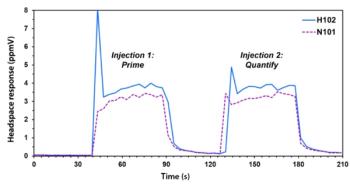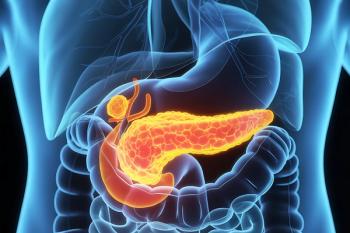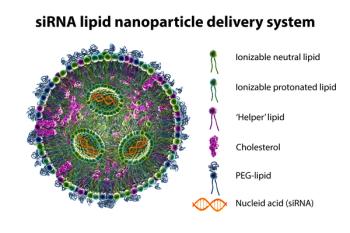
Quantifying Dicarboxylic Acids Using an Optimized LC–MS/MS Method
A liquid chromatography–tandem mass spectrometry (LC–MS/MS) method to enhance dicarboxylic acid (DCA) detection and quantification in different biological matrices has been developed and optimized.
A team from Huntington Medical Research Institutes in California has developed and optimized a liquid chromatography–tandem mass spectrometry (LC–MS/MS) method to enhance dicarboxylic acid (DCA) detection and quantification (1).
Produced in the body, DCAs are a group of compounds that are integral to intermediary metabolism. These compounds play a critical role in numerous physiological and pathological processes, including energy production and mitochondrial function. DCAs are also involved in several metabolite processes associated with diseases. However, the low concentrations of certain DCAs in biological matrices, such as plasma and urine, present significant analytical challenges. These challenges require sensitive and robust analytical methods to detect subtle fluctuations in DCA levels associated with disease states. Gas chromatography–mass spectrometry (GC–MS) has been used in the past to quantify DCAs (2), but the analysis does tend to be lengthier and more time-consuming than analysis using LC–MS (3).
Poor ionization and fragmentation of DCAs also pose an issue for the analyst. The strategy the team used to combat this was to derivatize the carboxyl group (R-COOH) using dimethylaminophenacyl bromide (DmPABr). Using this strategy, charge reversal of the compounds from negative to positive ionization was achieved. This improved sensitivity and enhanced mass fragmentation and chromatographic separation, enabling precise quantification by LC–MS/MS.
The developed method offered good linearity (R² > 0.99). Sensitivity was enhanced, with lower limits of detection (LLOD) and lower limits of quantification (LLOQ) at <266 fg and <805 fg, respectively, for all targeted DCAs. Most derivatized DCAs remained stable at room temperature and showed no significant degradation after ten freeze-thaw cycles, a tribute to the robustness of the derivatization approach. The effectiveness of this LC-MS/MS method for analyzing biological samples was validated using human plasma and urine, with differences in DCA distribution found between the two matrices. In plasma, the relative abundance of DCAs followed the order: C4 > C6 > C7 > C9 > C5 > C8 > C22. In urine, a slightly different pattern was observed: C4 > C7 > C6 > C9 > C5 > C8 > C10. Notably, long-chain DCAs (C > 16) were present at concentrations over tenfold higher in plasma compared to urine (1).
The team concluded that they had successfully optimized a method that can assist with quantifying low concentrations of DCA in various biological matrices. It is hoped that the method can assist with future targeted metabolomics studies involving DCAs.
References
(1) Jose, J.; Fonteh, A. N. A Charge Reversal Approach for the Sensitive Quantification of Dicarboxylic Acids Using Liquid Chromatography-Tandem Mass Spectrometry. J. Chrom A 2024, 1737, 465426. DOI: 10.1016/j.chroma.2024.465426
(2) Castor, K. J.; Shenoi, S.; Edminster, S. P.; Tran, T.; King, K. S.; et al. Urine Dicarboxylic Acids Change in Pre-symptomatic Alzheimer’s Disease and Reflect Loss of Energy Capacity and Hippocampal Volume. PLoS One 2020, 15 (4), eo231765. DOI: 10.1371/journal.pone.0231765
(3) Stávová, J.; Beránek, J.; Nelson, E. P.; Diep, B. A.; Kubátová, A. Limits of Detections for the Determination of Mono- and Dicarboxylic Acids Using Gas and Liquid Chromatographic Methods Coupled with Mass Spectrometry. J. Chromatogr. B Analyt. Technol. Biomed. Life Sci. 2010, 879 (17–18), 1429–1438. DOI: 10.1016/j.jchromb.2010.11.027
Newsletter
Join the global community of analytical scientists who trust LCGC for insights on the latest techniques, trends, and expert solutions in chromatography.





